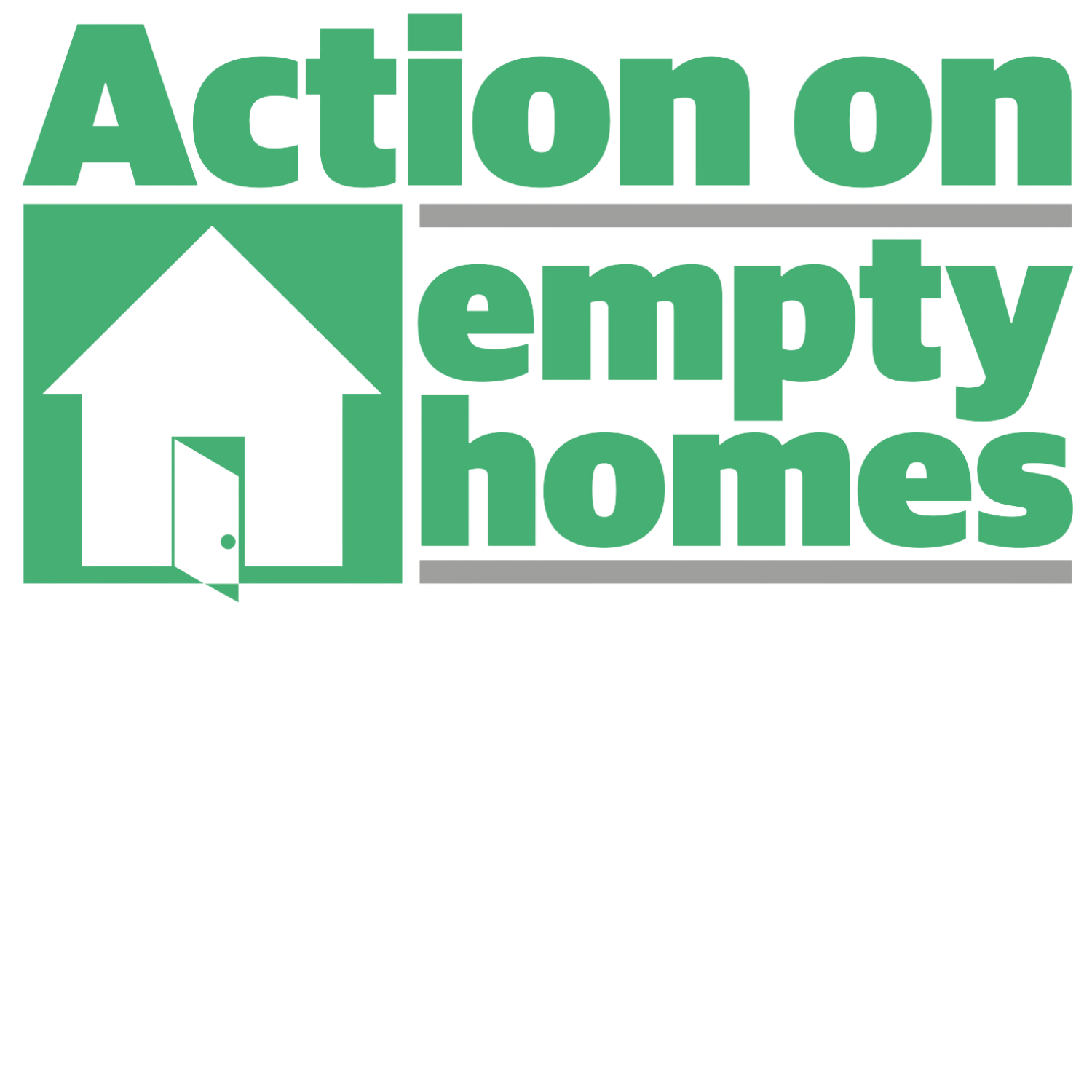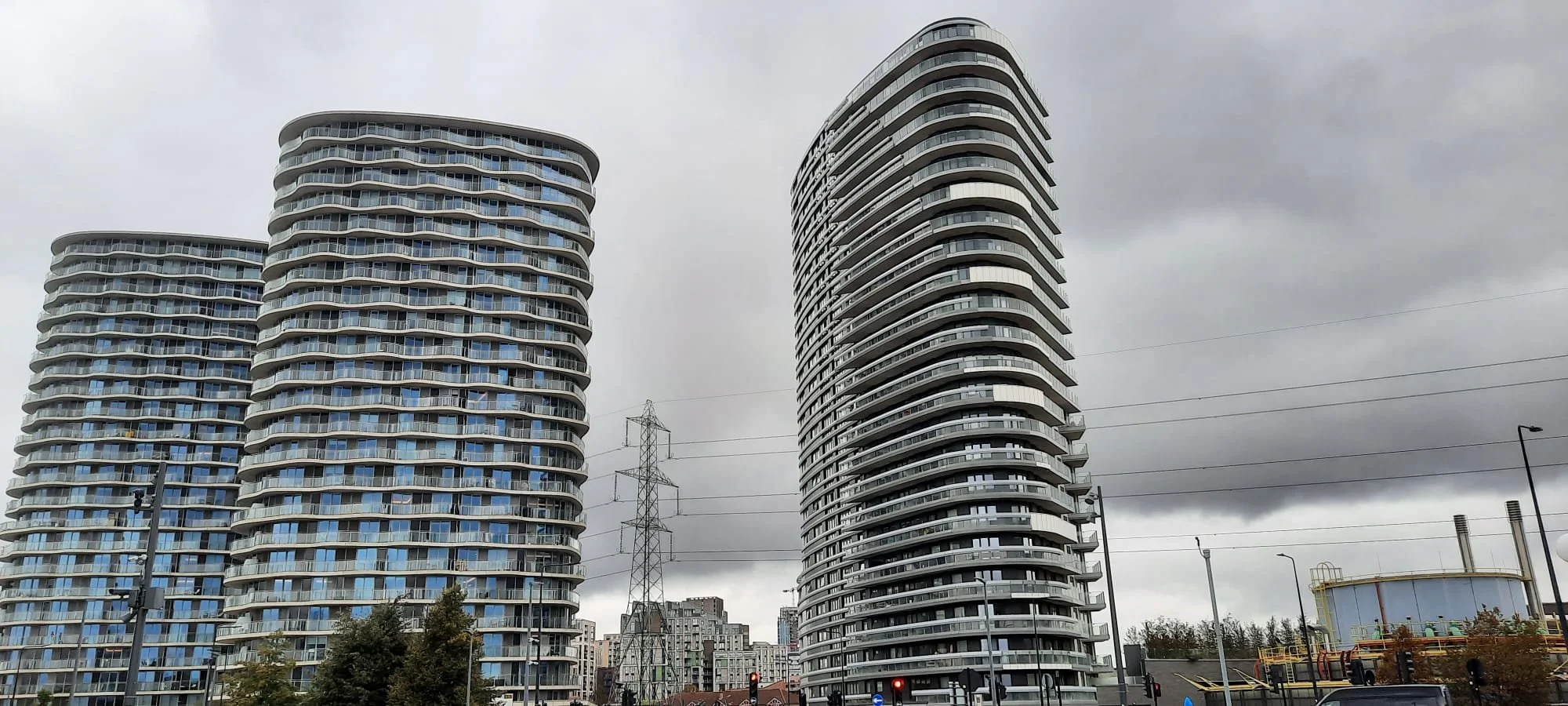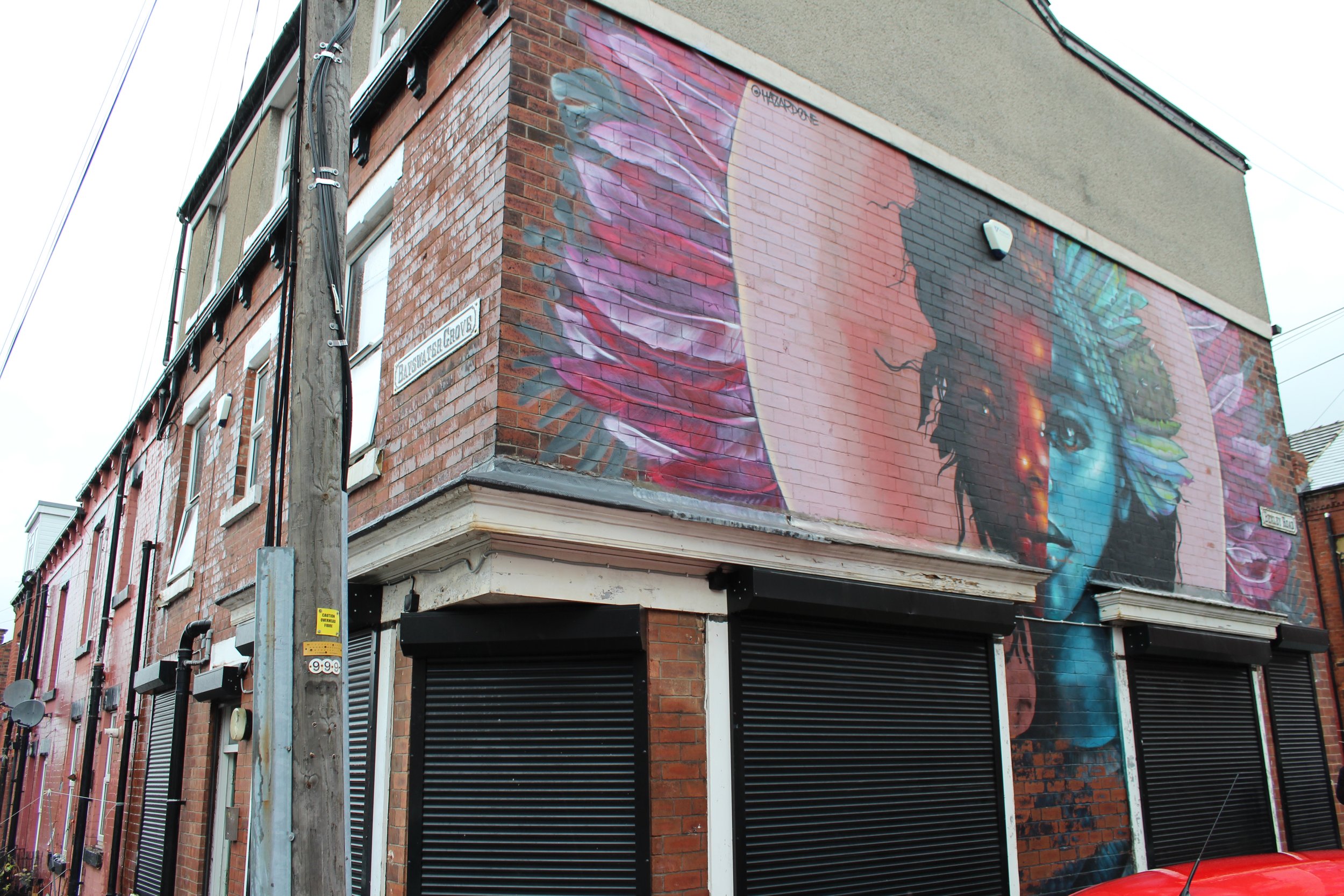Building more homes in London is worsening our housing crisis
London is responsible for over half the homeless families in England, over 60,000 families and over 80,000 children.
According to the Mayor, in London, one child in every 23 is currently homeless and in temporary accommodation.
But in a decade, we've added over 322,000 housing units in London and the city has grown by less than half that number of households (around 150,000). So if we are adding more homes than households why has homelessness increased?
In a nutshell, we have built the wrong housing. Developers have built for profit (that is the job of private companies after all); they have built dream towers and luxury villas; riverside apartments with wrap around balconies, and stunning views; and bijou infills in funky mews. Some have even dutifully offered the poor and homeless ‘first dibs’ on homes they can never dream of affording. Then it’s off to the international property fairs and exclusive agents who find so-called investors to buy in bulk, off-plan and even in cash.
National Government policy calls this ‘investment’, local government tries to pick up scraps from the table, though developers often cite ‘viability concerns’ when talk turns to contributions for affordable homes. Meanwhile, councils and housing associations have added small numbers of social homes but nowhere near enough to match the numbers sold off through Right To Buy, never mind to meet increasing demand.
So instead we house London’s homeless families at huge cost in unsuitable and insecure temporary accommodation. And this costs a lot – over £1billion a year
So what about London’s Empty Homes?
Since 2016 long-term empty homes in the capital have risen by a whopping 82% to over 36,000. In fact, total vacancy, including so-called second homes that nobody lives in, now stands at over 136,000 homes
And as if that wasn’t bad enough, the official figure from the most recent census, gives us more than twice as many as that, at around 300,000.
This starts to build a picture. It hints at the influence of short-term rentals which are believed to have sucked as many as 1 in every 50 homes out of residential use.
London’s vacant homes also include a striking third of the national total of empty council homes – around 11,000 empty London council homes – many emptied to allow for demolition and replacement by new homes in ‘estate regeneration’ schemes which regularly fail to deliver any additional social rent housing.
We have worked with organisations such as Crisis and Shelter to show how homes currently languishing unused could be quickly brought into use to meet social needs. While supporting campaigns to prioritise increasing social housing stock – whether through acquisition or through prioritising this within publicly-funded housing programmes.
And after productive work with the London Assembly and London Housing Panel (of which we are a member organisation), we have welcomed the success of the Mayor of London’s Right To Buy Back scheme which has seen homes acquired to be repurposed as social housing and emergency accommodation for homeless London families. A scheme that has now been expanded with additional Homes England funding support as London’s Council Housing Acquisition Programme.
Time for Change
Empty homes are a canary in the coal mine of London’s housing crisis. While empties have risen nationally by 30% in less than a decade, London is the only region in England where they have risen every single one of those last 7 years. No region has experienced a net fall in numbers during this period but long-term emptiness in London has risen by over 82% against a national rise of 30%.
London needs change. London needs:
homes to house homeless families which are social or council homes.
homes with rents that are genuinely affordable, and are controlled.
homes with the security of lifetime tenure, not 6-month contracts that can be terminated at will by landlords who want to push up the rent, or to switch the use of these homes to the lucrative short let or Airbnb market
This is also the only way to stop escalating private rents and house prices – by providing genuinely affordable alternatives, which are available in sufficient numbers to those who need them, instead of spending public money paying high rents to landlords for often poor-quality accommodation, frequently miles away from where it is needed.
It’s time to:
buy supply and build social homes
stop building the wrong housing
stop newly built homes being used in ways that don’t house anyone
A fair development model for London would:
test any development proposal against its meaningful contribution to reducing housing need.
provide homes that are genuinely affordable in relation to the incomes of the local households who need them.
When social and genuinely affordable housing is promised, we want to see it delivered before private sales take place, instead of being told it’s no longer ‘viable’ years later, because development took too long or costs rose, although the developers still manage to reap huge profits.
And it’s time we ensured homes are available for homeless Londoners before we sell ‘investment units’ abroad that will only ever serve the needs of the ‘visitor economy’.
Newly promised regulation of short lets needs to look to the tighter 30 day limits of Amsterdam and the limited licenses and whole home rental ban of Barcelona
We don’t have to keep making our housing crisis worse.
We’ve spent too long getting London’s housing wrong.
In the region responsible for over half of all homelessness in England long-term vacancy has risen by over 80% in a seven-year period during which affordability has declined and homelessness risen.
This article is informed by our London-based work, funded generously by Trust for London.




